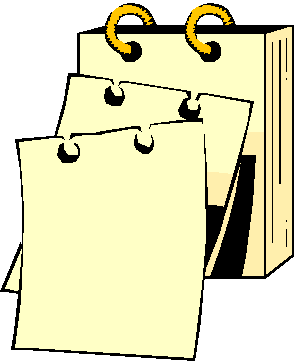
Other Call Number Information
After an author indicator has been determined, the next possible component of the book number is a title indicator. This type of indicator might be needed if an author is very prolific in a given subject area and has written several works that are classified in the same DDC number. The title indicator can also be helpful for fiction collections, placing all of the works by one author together alphabetically for the patron to find or browse. A title indicator is created by using the same method as was used to create the author indicator. If a Cutter table was used, the same process can be applied to the first word of the title. If the author’s last name or portion thereof was used, this same idea can be done with the title. The purpose of doing this is to help create that unique call number, or address, for each library item.

Another piece of information that may be added to the book number is the date of publication. This is often added for several reasons. One of the reasons is that it helps differentiate between updated editions of the same work. This may occur particularly in the areas of reference and the sciences, where many works retain the same title through many updated editions. A date added to the book number will help to keep those editions in chronological order on the shelf. Dates can also help in distinguishing older and newer editions of classical works, such as literature. Some patrons may be interested in older works, and some in newer, and the date makes it easy to determine this. Many libraries like to add the date to the call number to aid their patrons who are browsers, making it easy to determine the age of library items as they search the shelf. The correct date to use is derived by looking at the descriptive cataloging and taking the publication date listed there.
The final part of the book number that may be needed is a copy number. Sometimes a library will have more than one copy of a work that is popular or of local interest or necessary in some other way to the patrons of the library. When this occurs, it can be difficult to determine which of the various library copies is on the shelf and which ones are checked out. A copy number added to the call number can easily clarify this situation. This involves adding the word ‘copy’ with the number appropriate to the call number after the above elements. Usually, a library will assume that a work without a copy number is copy 1, and will use this indicator for all subsequent copies.
| FICTION T911 H865 1987 |
FIC
T911 H865 1965 copy 3 |
F T911 H865 1998 copy 2 |
Click the arrow below to continue to the next page